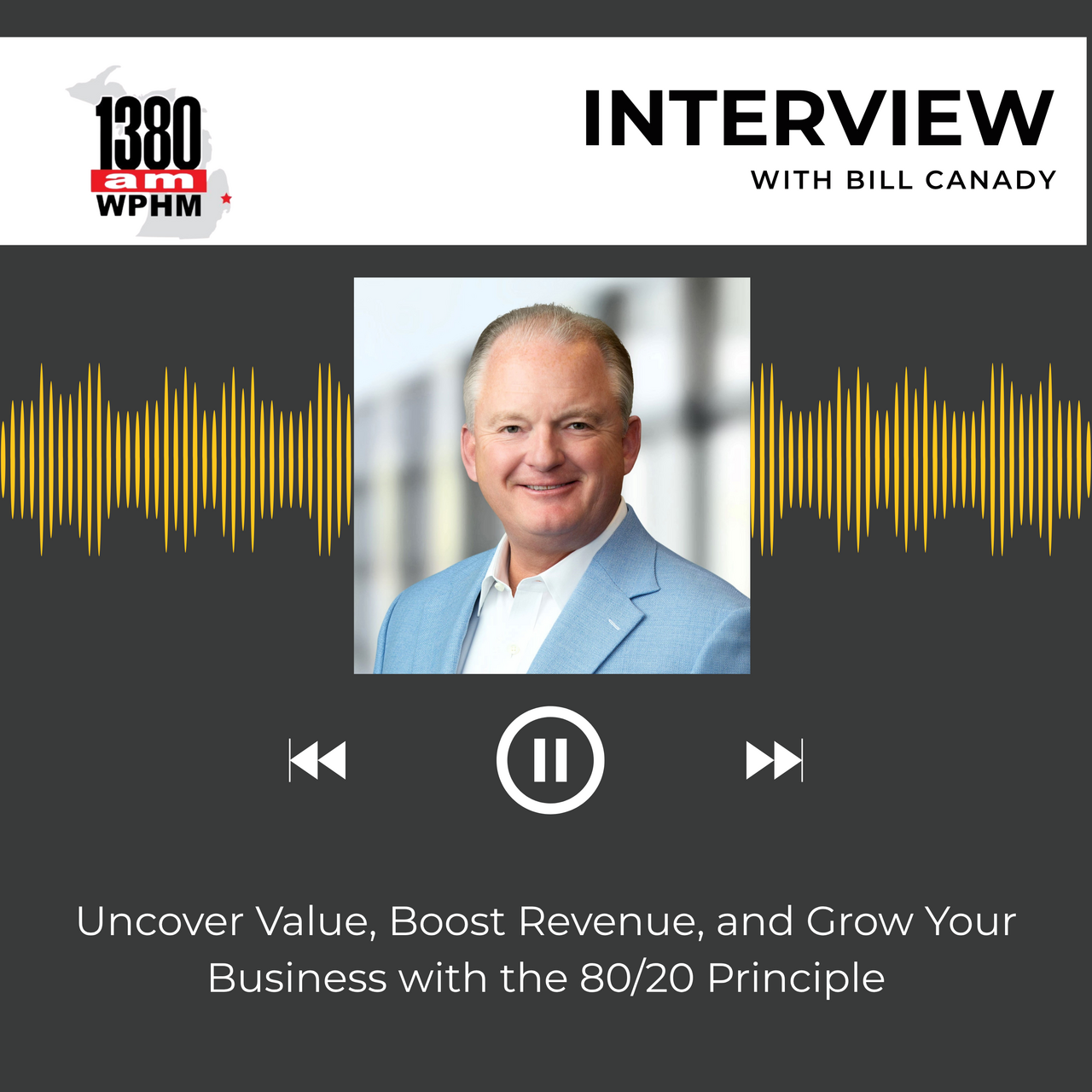Bill Canady’s WPHM Interview: Unlock Growth with the 80/20 Principle
by Bill Canady in Blog, Podcast
July 8, 2025

In a recent appearance on 1380 AM WPHM, seasoned executive Bill Canady shared the powerful framework he uses to rescue failing companies and drive extraordinary growth. Distilling decades of experience into what he calls the Profitable Growth Operating System (PGOS), Canady laid out a clear, data-driven playbook for taking a business from "panic to profit". Successful corporate turnarounds, he argued, are achieved through the rigorous application of a structured operating system that aligns strategy, people, and processes toward a single, quantifiable goal. This article breaks down the key insights from his interview, deconstructing the PGOS into an actionable guide for leaders facing their own high-stakes challenges.
The First 100 Days: A Framework for Rapid Stabilization
When a company is in crisis, time is the most critical and least available resource. Canady’s approach to the first 100 days is a structured, four-phase process designed for rapid execution. The velocity is adaptable; if the company is facing existential threats like failing to make payroll, the timeline is compressed dramatically.
Phase 1: Defining "True North" – The Goal
The first act of a turnaround leader is to establish clarity. The process begins by gathering the leadership team to align on a single, quantifiable goal. In struggling companies, leadership teams are rarely aligned on what success looks like. The CEO's primary responsibility is to understand the core motivation of the ownership group and distill it into a number the entire organization can rally around. For a private equity sponsor, this might be a specific EBITDA target to achieve a 3x return in five years; for a family owner, it might be protecting a dividend stream over a 50-year horizon. This act of translating abstract desires into a concrete, shared number is the foundational step upon which the entire turnaround is built.
Phase 2: The "General and Staff" Approach to Strategy
Once the "what" (the goal) is established, the focus shifts to the "how" (the strategy). Here, Canady employs the "General and Staff" model. The CEO, as the "general," defines the objective. However, the plan to achieve it must be developed by the "staff"—the VPs and presidents who run the business day-to-day. If the CEO dictates the strategy, it will not be owned by the people responsible for executing it. By requiring operational leaders to build their own plans, the CEO fosters a deep sense of ownership and accountability.
Phase 3 & 4: Reorganization and Action
With a goal and strategy in place, the third phase aligns the company's organizational structure to the new priorities. The central question becomes: "Given our goal and our strategy, how must we be organized to win?" This ensures the company's structure is a purpose-built machine for its future. The final phase is about action. The strategic and organizational decisions are operationalized, detailed action plans are launched, and monitoring systems are established. The 100-day plan concludes not with a finished project, but with the launch of a new, sustainable operating rhythm.
The 80/20 Mandate: The Analytical Engine of Profitable Growth
If the 100-day plan is the chassis of the turnaround vehicle, the Pareto Principle is its engine. Also known as the 80/20 rule, this principle states that roughly 80% of outcomes come from 20% of causes. In a business that has lost its way, the team is often trying to do too much, treating all customers and products as equally important. The 80/20 analysis cuts through this fog of emotion and anecdotal evidence to reveal the true sources of value.
To apply the rule, a leader needs a comprehensive list of all customers and products, ranked by true profitability—not just revenue. This analysis typically reveals that a "vital few," the top 20% of customers and products, generate 80% or more of the profit. This insight becomes the new focal point for the business.
To operationalize this, Canady uses a simple quadrant matrix to prescribe a clear strategic action for each segment.
AA Quadrant (Best Customers, Best Products): These are the crown jewels. The strategy is to protect, nurture, and invest in these relationships to grow share of wallet.
BA Quadrant (Low-Value Customers, Best Products): The strategy here is to systematically reduce the cost-to-serve. This can mean moving them to online-only ordering or eliminating credit terms in favor of upfront payment.
BB Quadrant (Low-Value Customers, Low-Profit Products): These transactions are often unprofitable. The strategy is to raise prices aggressively. If the customer leaves, it is a net positive for the bottom line, as it stops a financial drain and frees up resources that can be reallocated to the AA quadrant.
Optimizing the Core Through Technology and People
Once the company is focused on its most profitable segments, the next imperative is to build a more efficient operational engine. This involves intelligently deploying technology and systematically developing human capital. The approach is to target automation at jobs that are "dull, dirty, and dangerous"—the very roles that often suffer from low morale and high turnover. For example, by using AI to automate routine accounts receivable inquiries, one company saw its department turnover rate plummet from over 300% to under 10% because employees were freed from tedious work and could focus on higher-value problem-solving.
As automation changes jobs, reskilling the workforce becomes critical. Canady advocates for the 70-20-10 development model: 70% of learning happens on the job, 20% comes from social interaction and mentorship, and 10% is from formal training. This system fosters the "continuous learning mindset" that is essential for employees to adapt and thrive during a period of intense change.
The Art of Turnaround Leadership: Data and Empathy
The systems and frameworks are the "science" of a turnaround, but making them work in a high-pressure human environment is an art. This art lies in the synthesis of ruthless objectivity and profound empathy. Data is essential to move decisions from the emotional to the factual, but Canady states that "empathy is the key". The data provides the "what"—the necessary strategic decision. Empathy dictates the "how"—the way that decision is communicated and implemented.
To navigate this complex environment, Canady operates by four core principles:
Be Data-Driven: Make decisions based on facts, but be willing to act with incomplete information.
Be on Pace: Set a tempo for change that is challenging but achievable for the organization.
No Surprises: Foster radical transparency to build trust and ensure problems are surfaced early.
Results Matter: Create a culture of accountability where outcomes, not just effort, are the measure of success.
Conclusion
Bill Canady's discussion on 1380 AM WPHM provided a masterclass in turnaround leadership. His Profitable Growth Operating System is not just a collection of tactics but a holistic and integrated system. It proves that transforming a company requires a disciplined blend of a clear goal, rigorous 80/20 analysis, empowered teams, and empathetic, data-driven leadership. The key takeaway from his interview is that by weaving these elements together, any leader can navigate the chaos of a crisis and guide their organization to a future of sustained, profitable growth.
